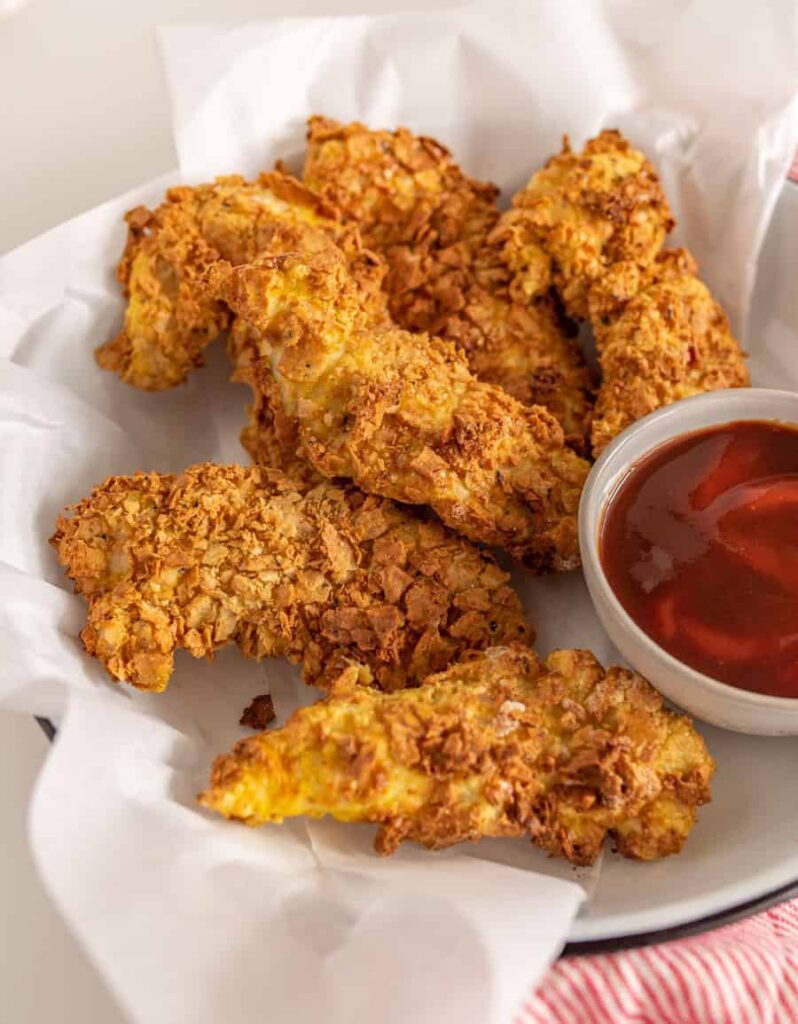This article provides tips and tricks for frying without making a mess. Choosing the right oil with a high smoke point, using the appropriate equipment such as a deep-frying pan or pot and a thermometer, and preparing the food by drying it thoroughly and coating it with flour, breadcrumbs or batter are all important steps. Getting the temperature correct between 350 and 375°F and avoiding overcrowding the pan are also crucial. Removing excess oil and cleaning up after use are also essential to prevent oil residue from building up on cooking equipment.
Frying Made Easy: How to Perfectly Fry Foods Without the Mess
Introduction
Frying is a cooking technique that involves cooking food in hot oil. It is a quick and easy way to cook food, and it can be used to prepare a variety of dishes. However, frying can be messy and can lead to oil splatters and burns if it is not done correctly. In this article, we will provide some tips and tricks for beginners to help them perfect the art of frying without the mess.
Choosing the Right Oil
The first step in frying is to choose the right oil. Not all oils are suitable for frying, and some oils have a low smoke point, which means they will start to smoke and burn at high temperatures. The smoke point is the temperature at which the oil begins to break down and becomes less stable.
There are a few oils that are ideal for frying, such as vegetable oil, peanut oil, and canola oil. These oils have a high smoke point and are suitable for deep-frying.
Using the Right Equipment
To fry food properly, you need the right equipment. A deep-frying pan or pot is essential for frying, and a frying thermometer can help you monitor the temperature of the oil. It is also important to use a slotted spoon or tongs to remove the food from the oil, as this will prevent the oil from splattering.
Preparing the Food
Before you start frying, you need to prepare the food. It is important to dry the food thoroughly before adding it to the hot oil, as any water on the food will cause the oil to splatter. You should also coat the food with flour, breadcrumbs, or batter before frying, as this will help to create a crispy outer layer.
Getting the Temperature Right
Getting the temperature of the oil right is crucial for successful frying. If the oil is too hot, the food will cook too quickly and burn. If the oil is not hot enough, the food will absorb too much oil and become greasy.
The ideal temperature for frying is between 350 and 375°F. You can use a frying thermometer to monitor the temperature of the oil. You should also avoid overcrowding the pan, as this will cause the temperature of the oil to drop.
Removing Excess Oil
After frying, you need to remove excess oil from the food. You can do this by using a paper towel to blot the food, or by placing the food on a wire rack to allow the excess oil to drip off. Removing excess oil will help to prevent the food from becoming greasy.
Cleaning Up
Frying can be messy, but cleaning up is important to prevent oil residue from building up on your cooking equipment. You should allow the oil to cool completely before disposing of it, and you should store it in a sealed container for future use.
You should also clean your frying pan or pot immediately after use. You can use a paper towel to wipe away any excess oil, and then wash the pan with hot soapy water.
Conclusion
Frying can be a quick and easy way to prepare food, but it can also be messy if it is not done correctly. By following these tips and tricks for beginners, you can perfect the art of frying without the mess. Remember to choose the right oil, use the right equipment, prepare the food properly, monitor the temperature of the oil, remove excess oil, and clean up after frying to ensure that your food is perfectly fried every time.
